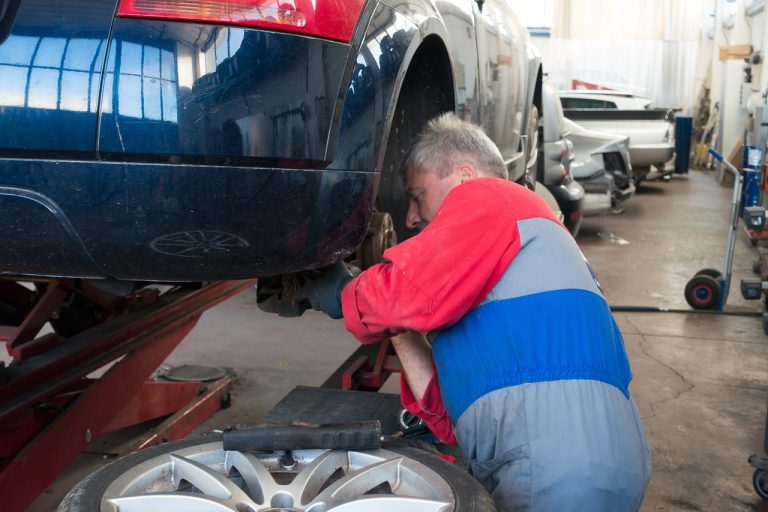Owning a car brings the joy of freedom and mobility, but it also comes with the responsibility of maintenance and occasional repairs. Car troubles can be daunting, but with the right knowledge and guidance, you can empower yourself to tackle common issues. In this blog, we’ll provide a comprehensive guide to car repair help, offering practical tips, step-by-step instructions, and valuable insights to navigate the road to DIY success.
- Understanding Your Vehicle:
Before diving into car repairs, it’s essential to familiarize yourself with your vehicle’s anatomy. Learn about key components such as the engine, transmission, brakes, and suspension. Understanding how these systems work will give you a solid foundation for troubleshooting and repairs.
- Essential Tools for DIY Repairs:
Equip yourself with a basic set of tools for common car repairs. A wrench, screwdrivers, pliers, a jack, and jumper cables are essential additions to your toolbox. For more advanced repairs, consider investing in a repair manual specific to your car’s make and model.
- Diagnosing Common Car Issues:
Learn to listen to your car. Unusual noises, warning lights on the dashboard, or changes in performance can be signs of underlying issues. Online resources, diagnostic tools, and mobile apps can help you interpret warning signs and diagnose common problems.
- Oil Changes and Fluid Checks:
Regular oil changes are fundamental to your car’s health. Familiarize yourself with the type of oil your car requires and follow the recommended oil change intervals. Additionally, check and top up other fluids such as transmission fluid, brake fluid, coolant, and power steering fluid regularly.
- Replacing Air Filters and Spark Plugs:
Maintaining a clean air filter is crucial for optimal engine performance and fuel efficiency. Similarly, spark plugs play a vital role in the combustion process. Learn how to inspect and replace air filters and spark plugs to keep your engine running smoothly.
- Brake Maintenance:
Your brakes are a critical safety component. Learn how to inspect brake pads, rotors, and brake fluid levels. Familiarize yourself with the signs of brake wear, such as squeaking or grinding noises, and address any issues promptly.
- Tire Care and Rotation:
Proper tire maintenance is essential for safety and longevity. Regularly check tire pressure, rotate tires to ensure even wear, and replace them when the tread depth becomes insufficient. This simple practice can enhance your car’s handling and fuel efficiency.
- Dealing with Battery Issues:
Learn to diagnose and address common battery issues, such as a dead battery or corrosion on terminals. Understand the process of jump-starting a car and, if needed, how to replace a battery safely.
- Online Resources and Communities:
Take advantage of online resources, forums, and communities dedicated to car repair help. Websites, blogs, and social media groups can provide valuable insights, troubleshooting tips, and step-by-step guides shared by experienced DIY enthusiasts.
- Knowing When to Seek Professional Help:
While DIY repairs are empowering, it’s essential to recognize when a problem requires professional attention. Complex issues, electrical problems, or safety concerns should be addressed by a qualified mechanic to ensure proper diagnosis and resolution.
